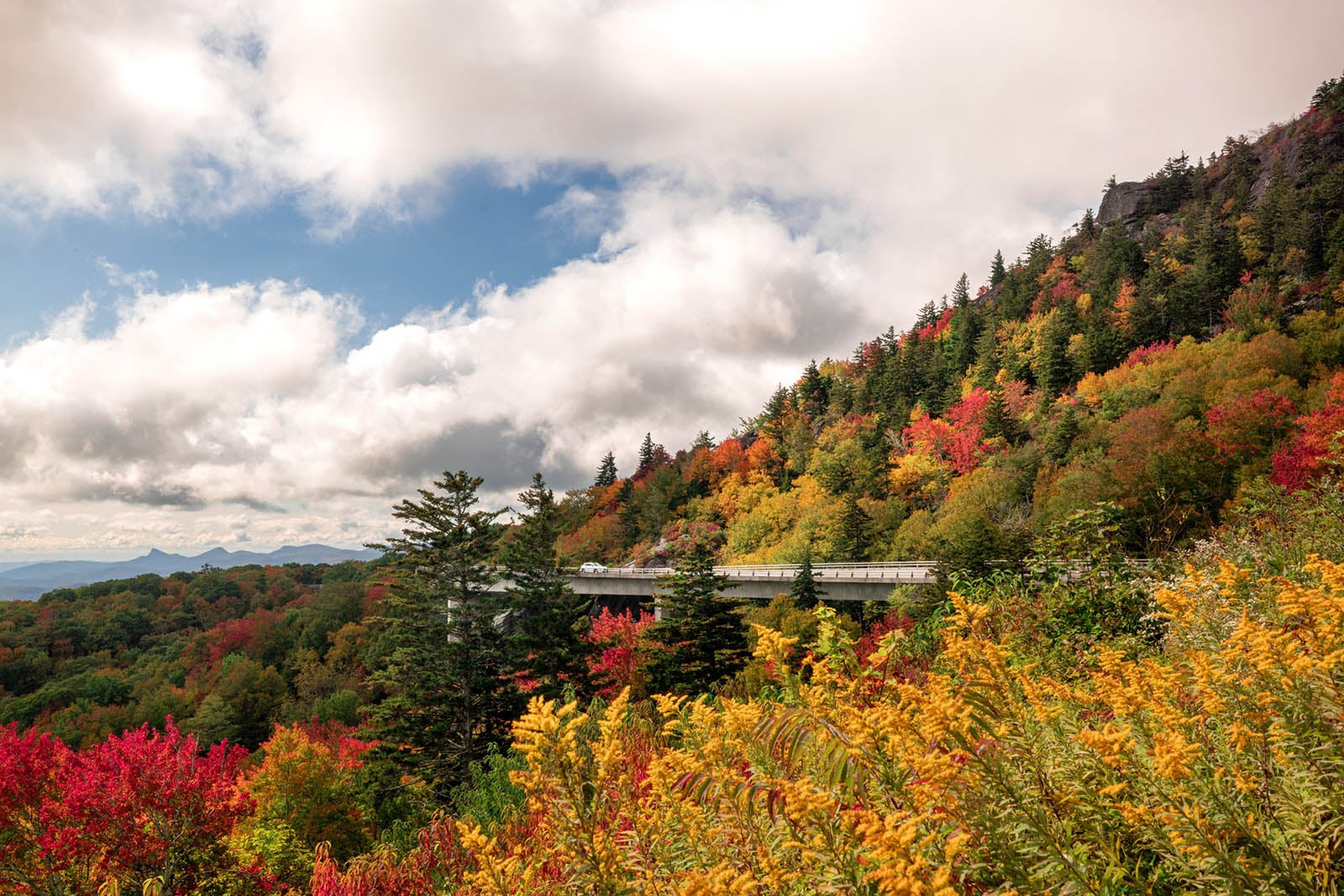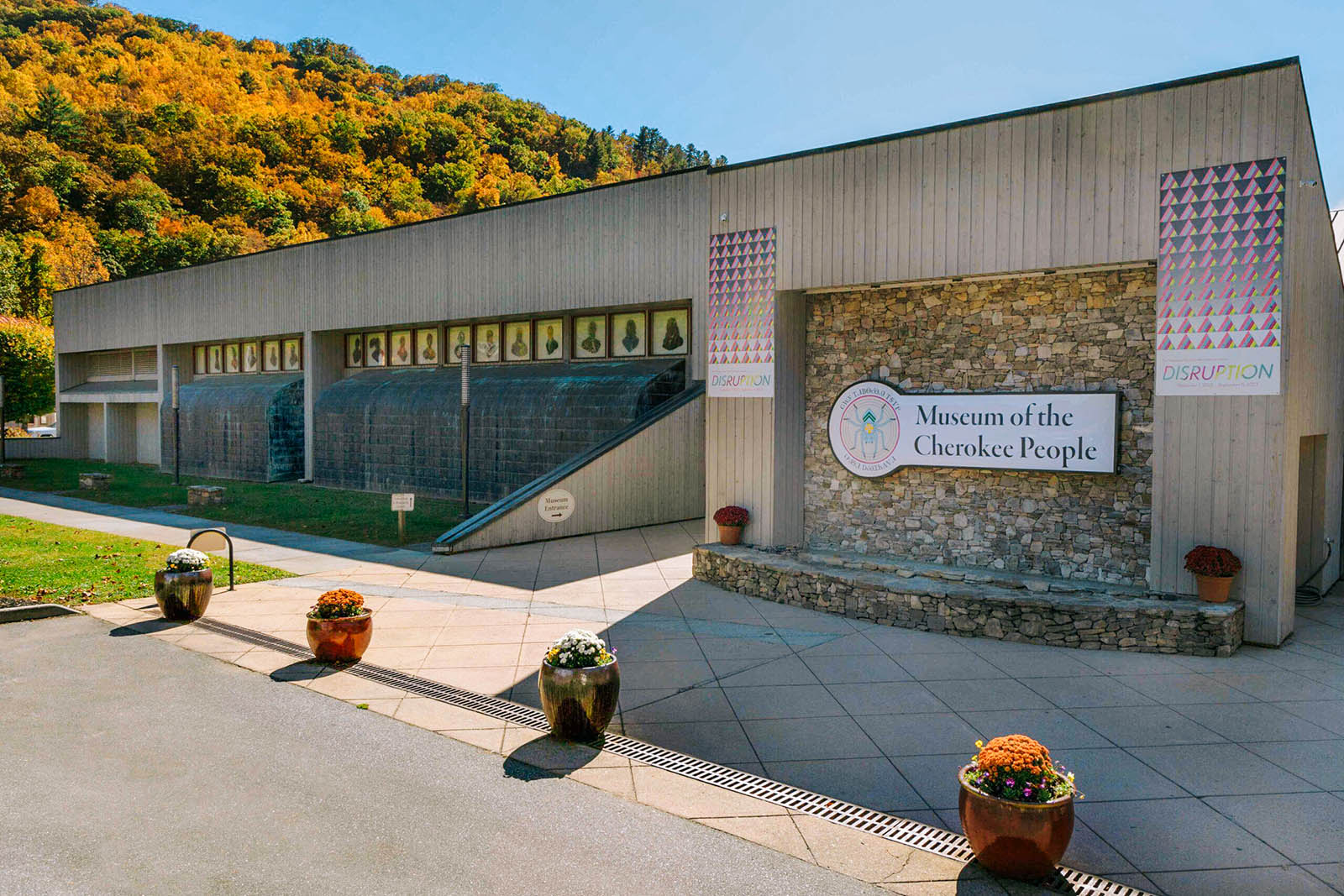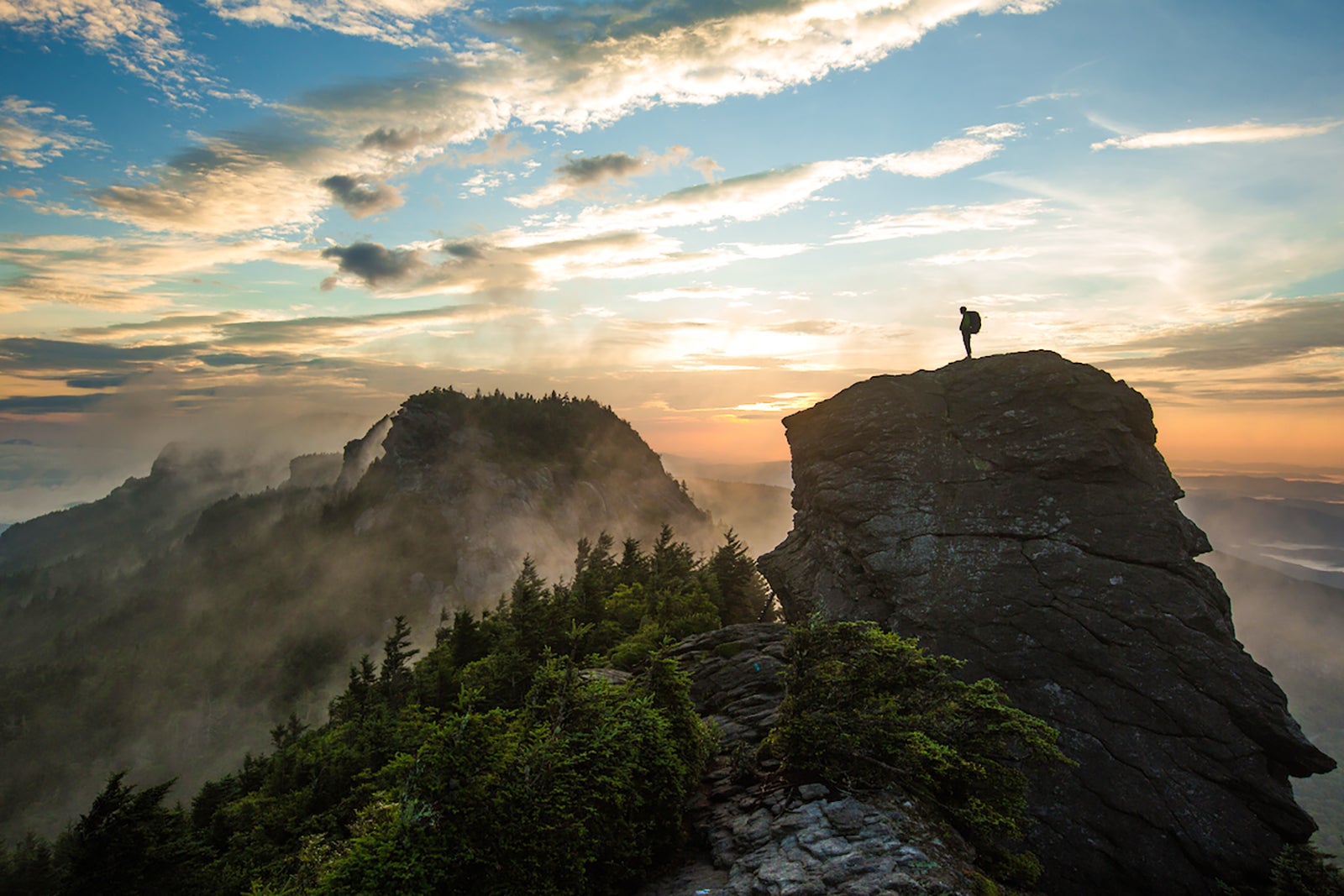These western North Carolina towns are open to visitors this fall

In a typical fall, western North Carolina rolls out a carpet of red, yellow and purple leaves, welcoming visitors to experience autumn in the high elevations of the Blue Ridge and Smoky Mountains. This is no ordinary fall.
In late September, Hurricane Helene dumped torrential rain on the mountains of North Carolina. The ensuing floods destroyed many communities, washed away miles of roads and dozens of bridges and left the region reeling. The fall season — and the $2.1 billion in tourist spending that provides the livelihoods of thousands of North Carolinians — appears to have been lost. Local people are focused on recovery and rebuilding. Aid workers, not tourists, came down in droves.
At the end of October, with fall color covering the mountains, two of the region’s biggest attractions – the city of Asheville and most of the Blue Ridge Parkway – are closed to tourists and are in a difficult state of recovery. On October 23, the first section of the Blue Ridge Parkway in North Carolina reopened after Hurricane Helene. According to a press release from the National Park Service, the road is now open from milepost 285.5 in Bamboo Gap to milepost 305 near Beacon Heights. The Biltmore Estate, one of Asheville’s most popular attractions, reopens on Nov. 2, during its annual Christmas at the Biltmore celebration; some parts of Asheville and the Parkway face a long road to welcome visitors.
However, some towns in western North Carolina are open to tourists and actively seek fall foliage tourists to boost their economy. “Counties in the far southwest, especially those in the mountains and around the Smoky Mountains, were not affected by the storm,” said Scott Peacock, director of tourism and marketing communications for Visit NC. “Fall color appears in those areas, so visitors can enjoy the beauty of the season.” To help with travel planning, Visit NC has launched NC Southern Mountains Travel, a directory of regions and communities that host visitors, with maps showing regions to avoid and places where fall color appears.
Here are a few of our favorite mountain towns in western North Carolina that are currently open to visitors, along with tips for traveling responsibly.
Mountains
The small town in the Highlands is very charming. Located just six miles north of the Georgia border, it’s perfectly situated for leaf-gazing, waterfall chasing and other outdoor explorations. Stay at Trailborn Highlands, a beautiful 63-room hotel that opened in September and highlights local experiences with hiking and other activities.
The annual Highlands Food & Wine Festival (Nov. 7-10) will donate $125 from each ticket to its Shot at Redemption Sunday building to local rescue efforts. If you’re going before the festival, make a reservation at Lakeside Restaurant for a delicious meal or enjoy wood-fired pizzas at Four65 Woodfire Bistro + Bar.
Sylva and Dillsboro
Just a mile apart, these twin towns about an hour west of Asheville are filled with fall color over the next few weeks. Take a hike in Sylva’s Pinnacle Park, home of the state’s first certified forest therapy, or visit the WNC Pottery Festival on Nov. 2.
Book a stay at Hotel Sylva or a beautiful mountain cabin nearby, and reserve tables at Dalaya Thai Cuisine and Appalachian-meets-Italian restaurant Ilda. In Dillsboro, stay at the Best Western Plus River Escape Inn, stop by Dogwood Crafters to support the local arts and crafts community and try barbecue at Haywood Smokehouse.

Daily Newsletter
Reward your inbox with the TPG Daily newsletter
Join over 700,000 readers for the best news, in-depth guides and exclusive deals from TPG experts
Cherokee
Cherokee, the ancestral home of the Eastern Band of Cherokee Indians, is at the entrance to the Great Smoky Mountains National Park and the Blue Ridge Parkway (most of the North Carolina section will reopen next spring/summer).
Connect with regional history and culture at the Museum of the Cherokee People. Qualla Arts and Crafts Mutual showcases contemporary Cherokee artists working in traditional methods and techniques. Get your fix of fall foliage at a riverside park, or head up into the Smoky Mountains for a scenic drive and visit Kuwohi, formerly known as Clingmans Dome, the highest peak in the park. Stay at the Rivers Edge Motel and try the country-style buffet at Granny’s Kitchen, or grab a burger and dine al fresco at BJ’s Diner.
Boone and Blowing Rock
Boone, home to Appalachian State University, and its neighboring town of Blowing Rock sit at the northern end of the hurricane-hit region. Wright Tilley, executive director of the Watauga County and Boone Tourism Development Authority, says that while the area continues to feel some of the effects of the storm, “Visitors can still expect the warm and welcoming atmosphere that the community is known for. recognize their impact and support locally.”
In Boone, stay downtown at The Horton Hotel or nearby Rhode’s Motor Lodge and dine on burgers and jalapeno cheddar hush puppies at The Cardinal. In Blowing Rock, book a room at The Embers or stay at the Gideon Ridge Inn, known for its in-house restaurant, serving local Appalachian produce with beautiful mountain views.
The portion of the Blue Ridge Parkway that reopened on Oct. 23 runs about 20 miles from east of Boone at Bamboo Gap to west of Blowing Rock near Beacon Heights and includes the Parkway’s most iconic views of the Linn Cove Viaduct.
However, the National Park Service says: “Visitors should be aware that trail testing has not been completed and care should be taken when hiking. Visitors may encounter hazards along the trails such as landslides, tree debris, and washed-out sections or bridges.”
How to travel responsibly
It’s safe to visit the mountains of North Carolina responsibly and respectfully this fall, but your trip might be a little different. Check the condition of the roads along your route with DriveNC, which shows closures and construction projects across the country.
For those flying into the region, Asheville Regional Airport (AVL) operates on a regular schedule, although rental car inventory may be limited (double check and confirm your rental); Greenville-Spartanburg International Airport (GSP) is just over an hour’s drive south of Asheville and may have larger rental fleets available.
Use the Fall Color Report at VisitSmokies.org to check your trip (and ask the locals for your favorite spot once you’re there!). Check the Visit the NC Southern Mountains Travel website for updated information on tourist destinations.
But that’s part of traveling responsibly. Nick Breedlove, director of the tourism development authority of Jackson County (home of Sylva and Dillsboro), says, “Visit thoughtfully. Support local restaurants, restaurants and guides. Be careful not to over or under sign. [storm] affected areas, as recovery efforts continue.”
“A simple but powerful way to make an impact is to connect with local people,” echoed Peacock. “Ask them how you can contribute to their relief efforts, whether it’s through donations to local charities or volunteering for clean-up activities.”
Source link










